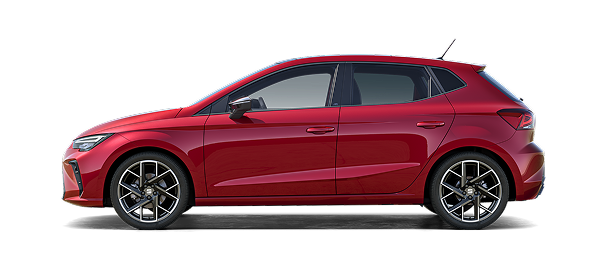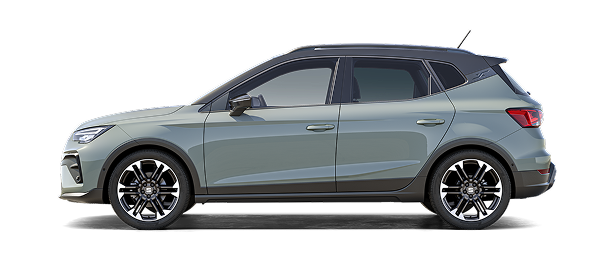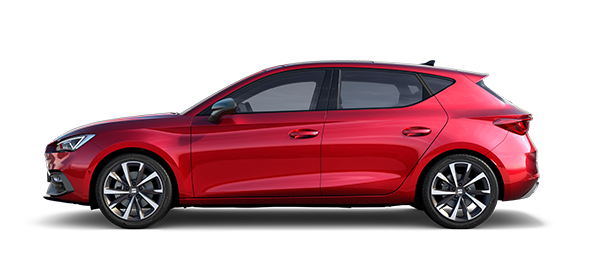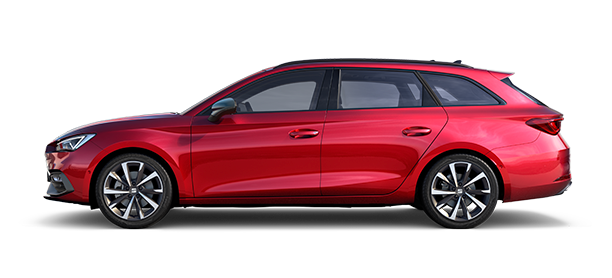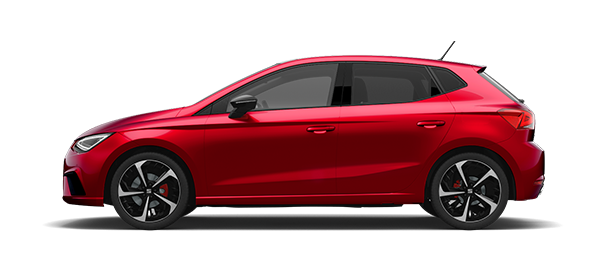From ice cubes to Climatronic.

The first cooling system in a car dates back to 1884, but it was far from intended for the occupants. It was a rudimentary invention that used ice to prevent the engine from overheating. It wasn’t until half a century later that someone started thinking about the comfort of the users. Today, in cars like the new SEAT Leon, the three-zone Climatronic ensures that the driver, front passenger and those sitting in the back all enjoy the temperature they have chosen. Below is a review of the history of air conditioning across four SEAT models.
SEAT 1400: Roll down the window.
Although it was possible to install a fledgling air-conditioning system in vehicles since the 40s, patented by the American Willis Haviland Carrier, it cost about 300 dollars, which was a real fortune for the time. So the general cooling method was simple: roll down the window. The 1953 SEAT 1400 had two triangle-shaped windows which, with their specific geometry, ensured that the airflow impacted mainly on the hands and arms of the driver and front passenger. In the footwell, air was drawn in through the radiator if the heating was switched off.
SEAT 132: Factory installed air conditioning.
SEAT’s first model with factory installed air conditioning was the 132.
Air conditioning really took off when Nash Kelvinator became the first manufacturer to specialise in these systems and he supplied them to several car brands. A 1973 model SEAT 132 was the first SEAT car that allowed factory installation at the customer’s request. In addition, the car featured uniquely designed sun visors. They were not hinged, but were tucked into the car’s ceiling and slid down. It also had them on the sides, preventing sunlight shining in from the front and from the side.
2nd generation SEAT Ibiza: Cool air with multiple settings.
The 1993 Ibiza was available with a much more advanced air-conditioning system. However, you still couldn’t select a temperature. The system cooled more or less depending on the speed of the interior fan, which the user could regulate. The system also fulfilled an important safety function, as it dried out the air inside the car, preventing the windscreen from fogging up.
New SEAT Leon: 3-zone Climatronic.
“With the Climatronic of the new Leon, not only the driver, but also the front and rear seat passengers can set their own comfort temperature, which we recommend at 22ºC”, explains Eva Villar, an air-conditioning systems designer at SEAT. With multiple sensors (outdoor and indoor temperature, sunlight, atmospheric pressure and humidity), the system regulates the internal elements to maintain the chosen temperature, whatever the outdoor conditions. In addition, the Climatronic can be remotely operated on hybrid models so that the car is at the ideal temperature once the user gets in. Furthermore, the Air Quality Sensor function detects when there is excess pollution, automatically closes the outside air inlets and recirculates the inside air. At the same time, the Air Care system purifies the air and even incorporates an anti-allergy filter.
The future.
Energy efficiency and savings, air quality and customisation are the main lines of work of the SEAT Climate Control team. In a few years, we could introduce a user profile into the system, with data ranging from height and weight to clothing, metabolism and daily routines, and the system would learn from each situation to maintain optimal comfort.





